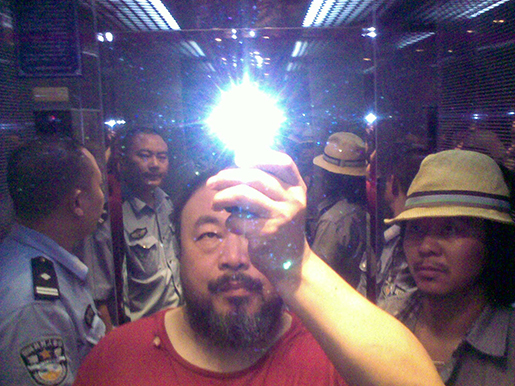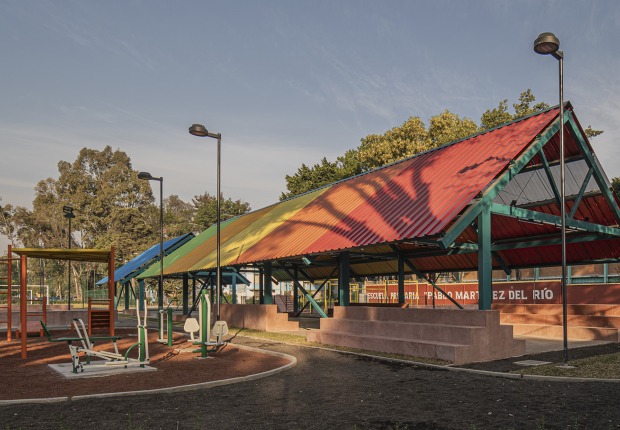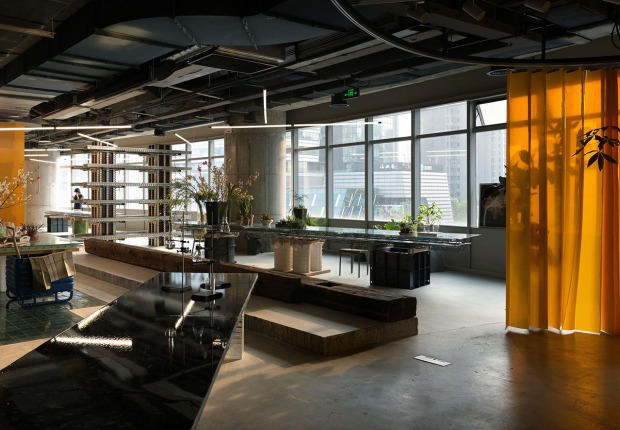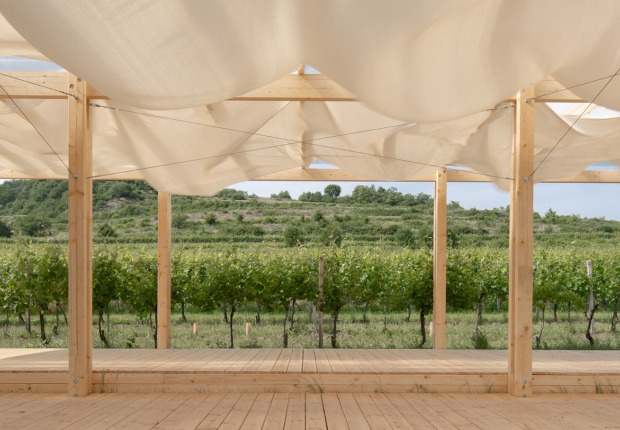
Ai Weiwei. June 1994, 1994. C-print, 117,5 x 152 cm
Ai Weiwei, born in 1957, the son of the poet Ai Qing, is a generalist, a conceptual, socially critical artist dedicated to creating friction with, and forming reality. As an architect, conceptual artist, sculptor, photographer, blogger, Twitterer, interview artist, and cultural critic, he is a sensitive observer of current topics and social problems: a great communicator and networker who brings life into art and art into life.

Ai Weiwei. Provisional Landscapes, 2002-2008. Diptych, Inkjet-prints, each 66 x 84 cm
For many years Ai Weiwei has been deliberately confronting social conditions in China and in the world: Through photographically documenting the architectonic clear-cutting of Beijing in the name of progress, with provocative measurements of the world, with radical cuts in the past in order to create possibilities for the present and the future, and with his tens of thousands of blog entries, blog photographs, and cell phone photographs (along with many other artistic declarations). This first, large exhibition and book project of his photography and videos focuses on Ai Weiwei’s diversity, complexity, and connectedness, his “interlacing” and “networking.”

Ai Weiwei. August 12, 2009. From Blog Photographs, c. 2005-2009
Every society on Earth needs outstanding unique figures like Ai Weiwei in order to stay awake, to be shaken awake, to be made to recognize their own obstinacy, and to be able to avoid tunnel vision. We are therefore deeply saddened that the completion of this exhibition coincides with Ai Weiwei’s arrest. We are extremely concerned about the artist. And we wish that this great thinker, designer, and fighter will remain a resistant public voice for all of us – and especially for China.
Curator.- Urs Stahel.
There is a comprehensive English monograph accompanying this retrospective.- Ai Weiwei – Interlacing, ed. by Urs Stahel and Daniela Janser, Steidl Verlag Göttingen.















![Friedrich Kiesler, Endless House for Mary Sisler [shattered sketch sheet], New York and Florida, 1961, 21.5 x 33.4 cm, pencil on paper, mounted on cardboard. Courtesy by the Austrian Frederick and Lillian Kiesler Private Foundation, Vienna Friedrich Kiesler, Endless House for Mary Sisler [shattered sketch sheet], New York and Florida, 1961, 21.5 x 33.4 cm, pencil on paper, mounted on cardboard. Courtesy by the Austrian Frederick and Lillian Kiesler Private Foundation, Vienna](/sites/default/files/styles/mopis_home_news_category_slider_desktop/public/2025-05/metalocus_Fundacio%CC%81n-Frederick-Kiesler_03_p.jpg?h=3b4e7bc7&itok=kogQISVW)













